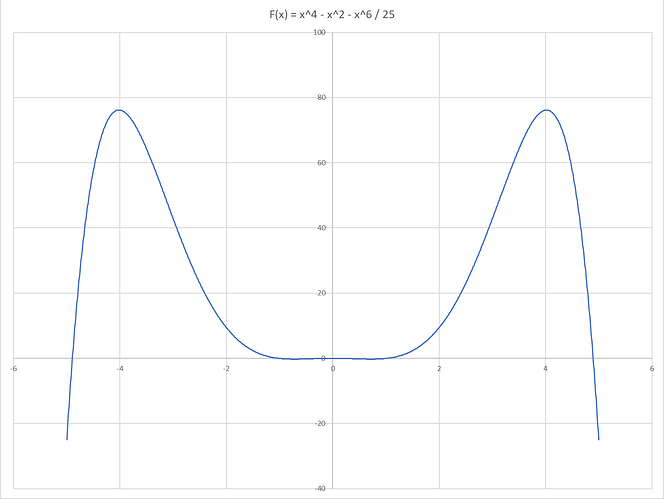I appreciate the constructive feedback.
The context behind this is that the developers make very infrequent changes and it often appears as if most changes are made simply to adjust balance. However depending on what design people want (e.g. viable elephants, nomad balance, less knight spam, whatever) these kinds of changes might not address that.
However large changes are trickier to predict. Which presents a problem: If you think point X would provide better design, but you cant reasonably expect to jump to it, what is the next best alternative plan to improve the design?
Assuming for simplicity that mechanics changes are off the table, one alternative would involve constructing a path through the parameter space from where we are to where we want to go such that we do not make the game appreciably worse at any point along the way. This path will probably not be a straight line in this high dimensional space and would ideally be constructed such that it can be stopped at any point without making the game worse than is now, nor infringing on the ability to get to other important points via a new path with similar properties. How to construct such a path via a combination of human intuition and analysis would be interesting to analyze. Also has applications beyond balancing a video game.
However doing so presumes that we can even get started without violating the “do no harm” principle. Which is equivalent to asking players “Do you think the parameters of AoE2 can be slightly changed without harming the game?” Now I just took 10ish minutes to write the original post and it was written from this context which is why it was phrased the way it is. I didnt expect a bunch of pushback on why this is analogous to abuse of mathematics.
So from my perspective this question only had value as a way to quickly gauge how strongly people feel the game can be improved with small tweaks around where it is. If people felt like the game was approximately locally maximized then clearly it would be very hard to find a path out which means jumps should be looked at closer. It wasnt meant to be rigorous only precise enough to get at what I wanted.
I could have phrased it using natural language but hindsight is 20-20. I thought the blurb at the bottom would be enough. I often dont know how to avoid aliasing certain concepts that I dont want aliased when using natural language and thats when I tend to just use whatever relationship is closest, whether it be mathematical, economic, psychological, comp sci, etc.
I will point out a subtly regarding good/bad faith here. Some of the responses were good like criticising the lack of specification regarding what “design” meant. Thats fair and I should have made clear that its subjective. But many of the responses critical of this whole idea added assumption which didnt need to be made or were unrealistic. Its the introduction of these unnecessary assumptions that is imo bad faith.
I mean yes the formal definition of local maximum will never work. But its intuitive that something analogous is attempting to be described and quibbling over how the precise defintion used in math is not going to work here is, at least to me, bad faith.
People like yourself might find my analysis interesting but my compulsive nature to answer these kinds of criticisms means I cant keep posting things and unpacking assumptions place on me that I didnt make. Its not worth the effort.
![]()
![]()
![]()
![]()
